Is Ableton 9 Daw Easy to Use
If you're new to electronic music production, Ableton Live and FL Studio are two of the most popular DAWs – the beating heart of the producer's studio.
These two are great options (we use both in EDM Foundations), and as someone who has used them extensively over the years, in this guide I'll help you decide which is better for you. We'll cover:
For clarity, we've broken this article down into five parts.
- Features
- Workflow
- Compatibility
- Support and Resources
- Price
Remember, there is no universal best DAW, only the one that's right for you. So, let's break them down! 👇
Get the headstart you need in music production with our EDM Starter Kit
Get our collection of high-quality presets, samples and PDF guides – suitable for all genres of electronic music.
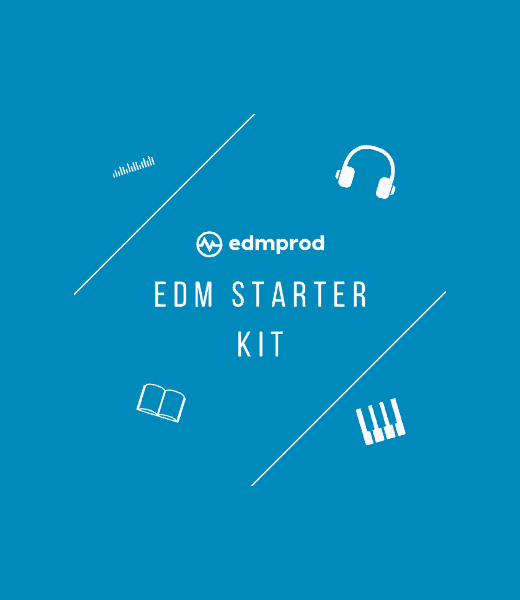
Ableton vs FL Studio: Features
Ahh, every music producer's favourite part. The features.The part that makes music production fun and enjoyable for most people.
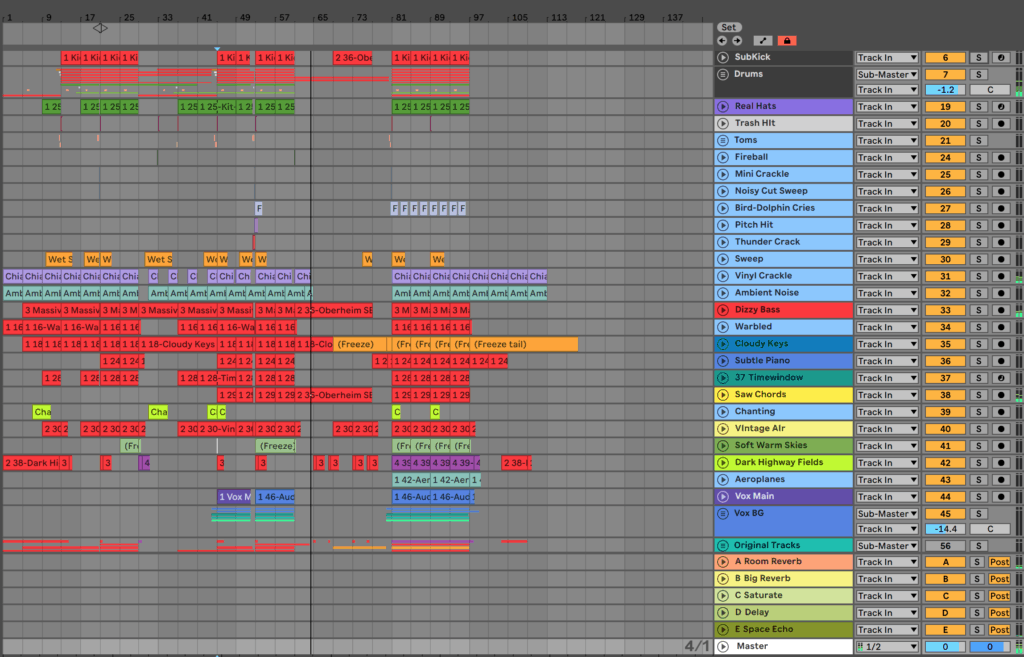
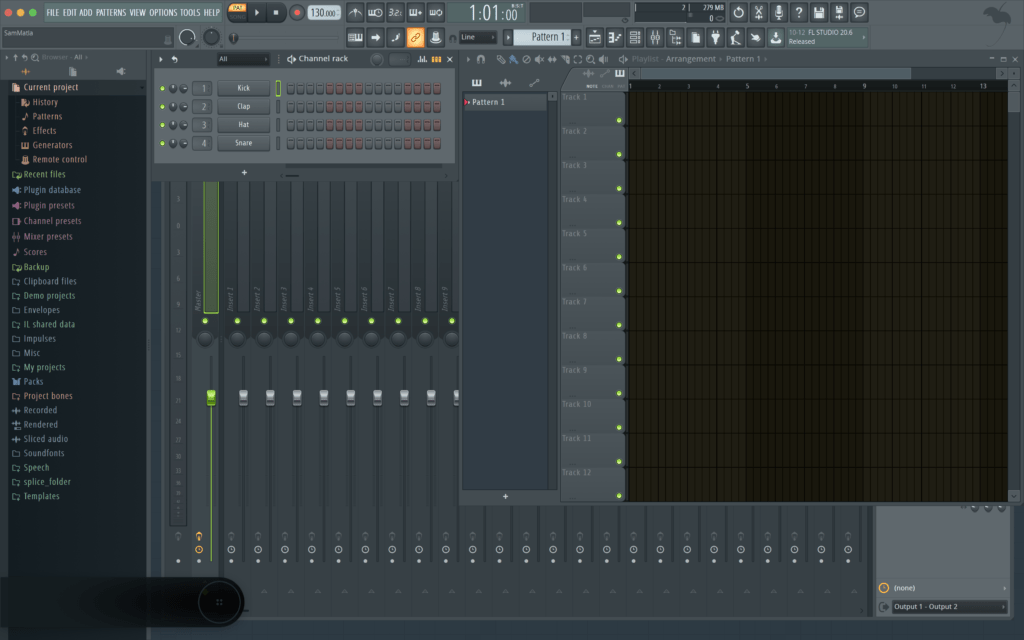
This is very important to consider if you are looking at committing to a DAW, because depending on your goals and workflow, different feature sets can make a big difference.
FL Studio: Feature Packed
| Version | Good For |
| Fruity Edition | Writing Loops and Melodies |
| Producer Edition | Fully-fledged software with full export capability |
| Signature Edition | Full software plus extra plugins |
| All Plugins Bundle | All plugins included made by Image-Line |
If you like options and don't get overwhelmed by confusing interfaces, FL Studio is the clear winner here.
Want a mixer and step-sequencer on one monitor and arrangement on another? Easy. Want 20 different virtual instruments included? Done. Want FL Studio to make you breakfast? It's most likely possible.
The main difference that sets FL Studio and Ableton Live apart is that not all sounds are bound to an individual mixer channel. It automatically assigns them in version 20, but you can still mix and match so that multiple sounds and instruments can be sent to the same mixer channel.
The same goes for the timeline. You can assign each sound to a track in the timeline, or you can put patterns wherever the heck you want.
One other major difference between the features of FL and Ableton is the plugins. Both include an array of instruments of effects, but FL definitely wins in the quantity game, especially with the 'All Plugins Bundle'.
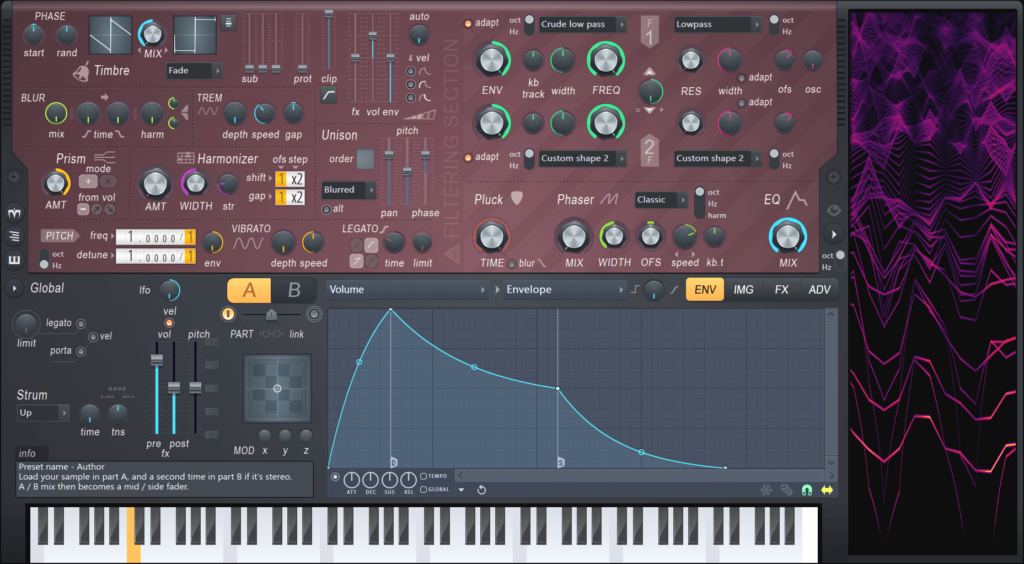
Harmor, for example, is an insanely powerful synth that has got years of development behind it, and Ableton is only just starting to catch up.
There are also so many damn effects in FL Studio, and it breaks them down nicely into categories when you go to load them in. You've got like 5 different distortions, multiple EQs, and other random FX. Go nuts.
With endless routing options, effects, and sounds, you might be thinking 'I've made my decision now!' But slow down. Sometimes, less is more.
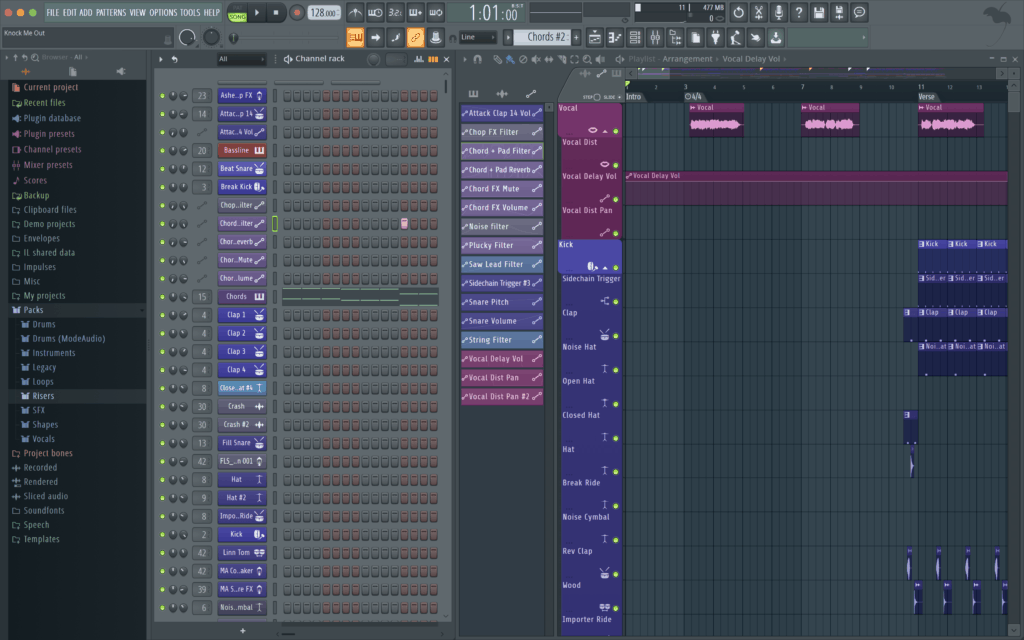
Recommended: FL Studio for Beginners – The Complete Guide
Simple, Streamlined and Able(ton)
| Version | Good For |
| Intro | Basic productions and looping, live performance |
| Standard | Full production and live performance capability |
| Suite | Full production capability with extra instruments and sounds |
Excuse the awful pun, but Live is a solid option if you get overwhelmed with options.
Yes, there aren't 100 ways to do the same thing, but what's there is quality, not fussy with sugary interfaces and just works.
On the left, you'll find the browser, like in FL. It's resizable, but only to a certain degree, and it stays there. Everything is broken down into clear sections, unlike the FL Studio long-rainbow madness.
The detail view is where the plugins and effects, audio and MIDI editor can be switched between. Unfortunately, you can't have multiple at the same time, but if you like focusing on one thing at a time, it's great.
And if you need things bigger or smaller, there is always zoom in the Look/Feel preferences.
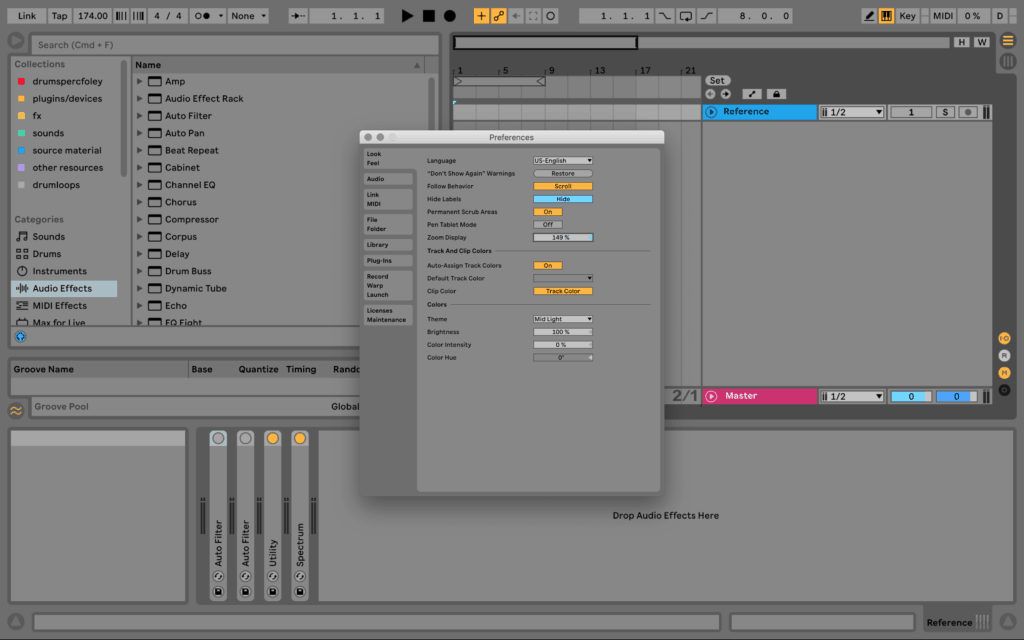
In the plugins/devices department, you get an array of very-capable synths like Operator, Analog and the newer Wavetable (a very legit Serum competitor).
While they are confined to the native interface, Wavetable has quite a nice interface with expandable windows, and for some, the native interface makes the sound design process quite fluid.
Additionally, the Audio Effects in Ableton are really damn good, with some great analog-inspired devices like Echo, Glue Compressor, and Amp.
Although FL wins at quantity, if you want more curated devices, Ableton takes the cake.
It still also has great features, which you can check out in our video below:
Lastly, one thing that Live can do very well that FL can't do to save its life is live performance.
The session view is an amazing tool for live jamming, musical performance and even DJing.
Recommended: 100 Ableton Live Tips for Insane Workflow & Creativity
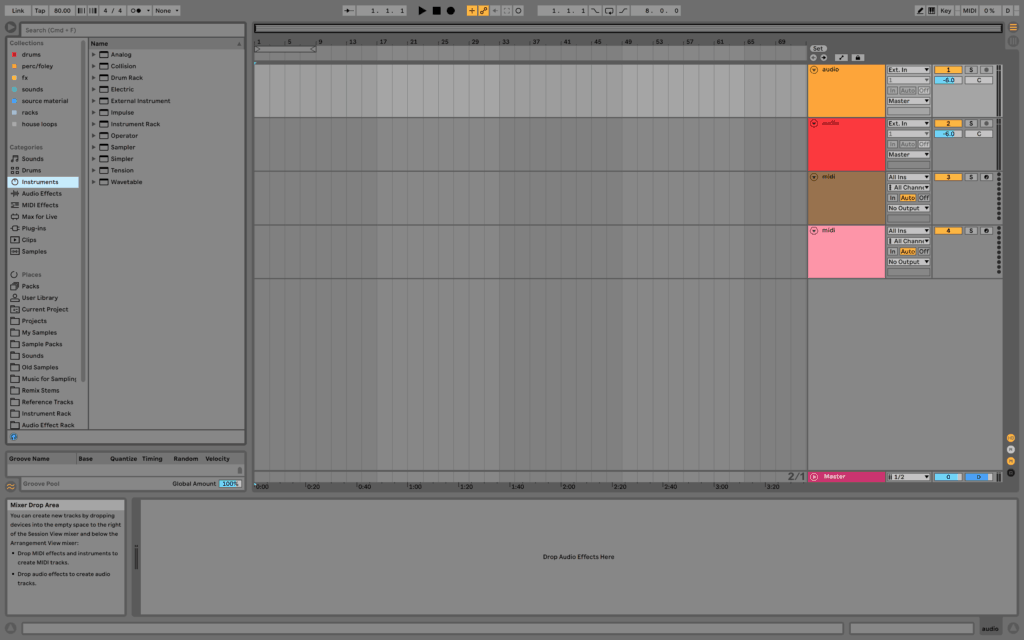
The Winner
For the number of features, FL Studio is the clear winner.
They jam-pack their software with so much that you'll never run out of things to explore, which can be a good or bad thing, depending on your workflow.
That being said, Ableton Live still has killer, high-quality features that makes it a more than capable DAW.
Get the headstart you need in music production with our EDM Starter Kit
Get our collection of high-quality presets, samples and PDF guides – suitable for all genres of electronic music.

Ableton vs FL Studio: Workflow
Workflow is incredibly important for being able to use your software in a practical way that delivers results. There isn't much point to using a DAW if you can't output music with it. Workflow is what takes you from A to B.
FL Studio: 10 Ways To Do One Thing
Following on from the features, we can kinda assume that more features usually means a less clear workflow. That tends to hold true in FL Studio, especially for beginners.
To really grasp FL Studio, it requires a lot more time investment into understanding the software and how to make it work for you, which can be great.
It's the beauty of having flexibility – you can adapt it to your workflow.
Even though Ableton might be easier to understand from the get-go, FL may suit your needs better in the long-term, just with a little extra effort to figure things out.
This is why FL Studio suits some people so well, because they can adapt it specifically to what they need, and this is even
Yes, Ableton has multi-monitor support, but with much less flexibility.
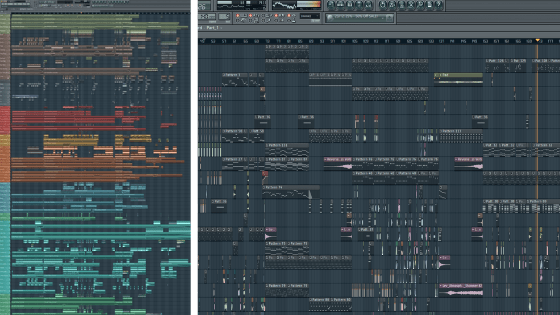
That being said, if FL Studio has one thing it's better at than Ableton Live, it's the piano roll.
It's way less clunky, has way more MIDI editing tools and is easier to fit into the interface with the floating window.
Whereas in Ableton, the piano roll has to fit into the clip editor down the bottom. It's expandable but less so than in FL Studio.
Ableton Is Fast
If you want a fast, clear and creative workflow, Ableton wins.
While the device view might annoy some people who like bigger interfaces, the ability to bounce audio within tracks (Edison is mostly a nightmare in FL), saving things to racks and clips and using the session view for jamming, makes it worthwhile.
As per the features, the streamlined options makes things a lot easier to find. Here are a few highlights:
- FX Chains are visual and don't require opening plugins
- You can create collections of your favourite samples/racks/whatever without copying the original file
- Racks are very intuitive and can be saved for ease
- Duplicating is easy and you don't have to switch tools
- Freezing and flattening audio is easy
- Resampling can be done by setting input to Resampling, rather than exporting the whole track
That's just a few things, but check it out for yourself. Coming from FL Studio, this was a game-changer for me.
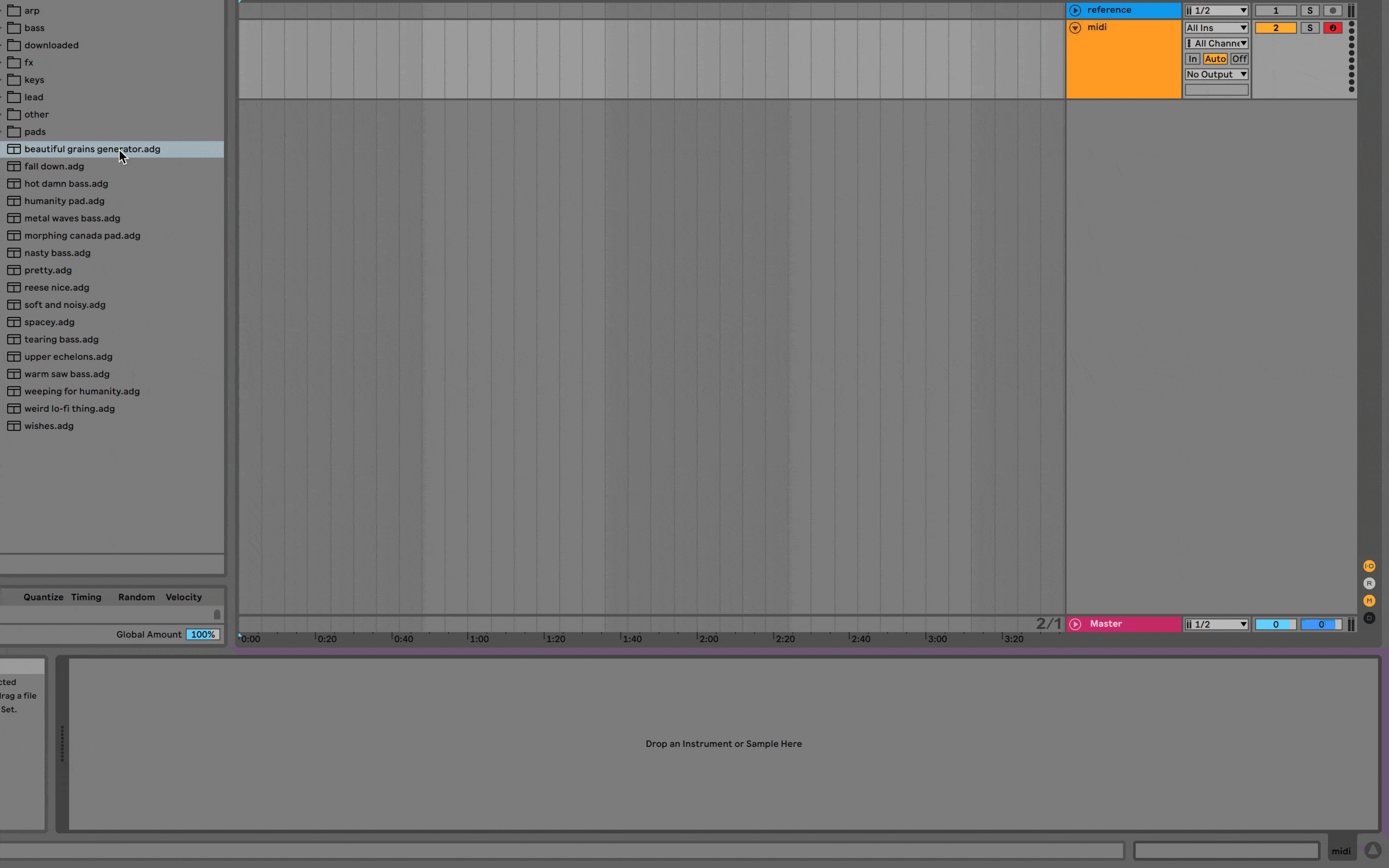
The Winner
For workflow speed, Ableton Live definitely wins this round.
While workflow is subjective and changes between producers, Ableton's clear interface and intuitive tools definitely make it a breeze, especially working with audio. If you like workflow options, FL might be the better option.
You can get the same results with both DAWs, but how you get there also matters.
Ableton vs FL Studio: Compatibility
There's no point in using a piece of software if it doesn't work on your setup. So to avoid you getting excited about the wrong DAW, make sure to read this section.
FL Studio's Mac Woes
Note: This is for the most recent version, FL Studio 20. Check here for full compatibility info.
| Version | Compatible? |
| macOS (64bit) | YES |
| macOS (32bit) | NO |
| Windows (32bit) | YES |
| Windows (64bit) | YES |
| Linux | NO |
FL Studio has worked on Windows very well for a long time. It had a very fluid interface with very nice graphics (and still does, even more so).
Historically, FL Studio was pretty adamant that there wouldn't be a Mac version of FL Studio, mostly due to the coding language's incompatibility. Well, they've done a 180 and now they have one. It works. Mostly.

As the Mac version has grown from a sloppy, Windows-crossover edition into a fully-fledged piece of standalone software, there have definitely been undeniable growing pains. But they've come a long way.
Most features have been ported over (with some glitches included), but there is no 32bit version of FL Studio for Mac, and your 32bit Audio Units won't work, even if your 32bit VSTs do.
Let's be honest though, you probably should be using a 64bit system, if you can.
If you're on a Mac though, there's always 32 Lives.
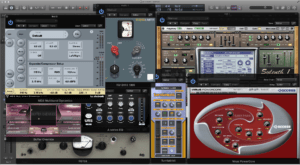
Credit: Soundradix
And as with most software, no native
on Linux, but you can use an emulator if you want.
Lastly, FL has gotten better on the CPU over the years. The vector interface is super nice and isn't too much of a burden on the graphics card.
But the fancy GUIs can eat up system resources pretty fast, but that can happen anywhere if you are using third-party plugins.
Ableton: Great Compatibility, Infrequent Updates
| Version | Compatible? |
| macOS (64bit) | YES |
| macOS (32bit) | NO |
| Windows (32bit) | NO |
| Windows (64bit) | YES |
| Linux | NO |
Note: This is for the most recent version, Ableton Live 11. Check here for full compatibility info.
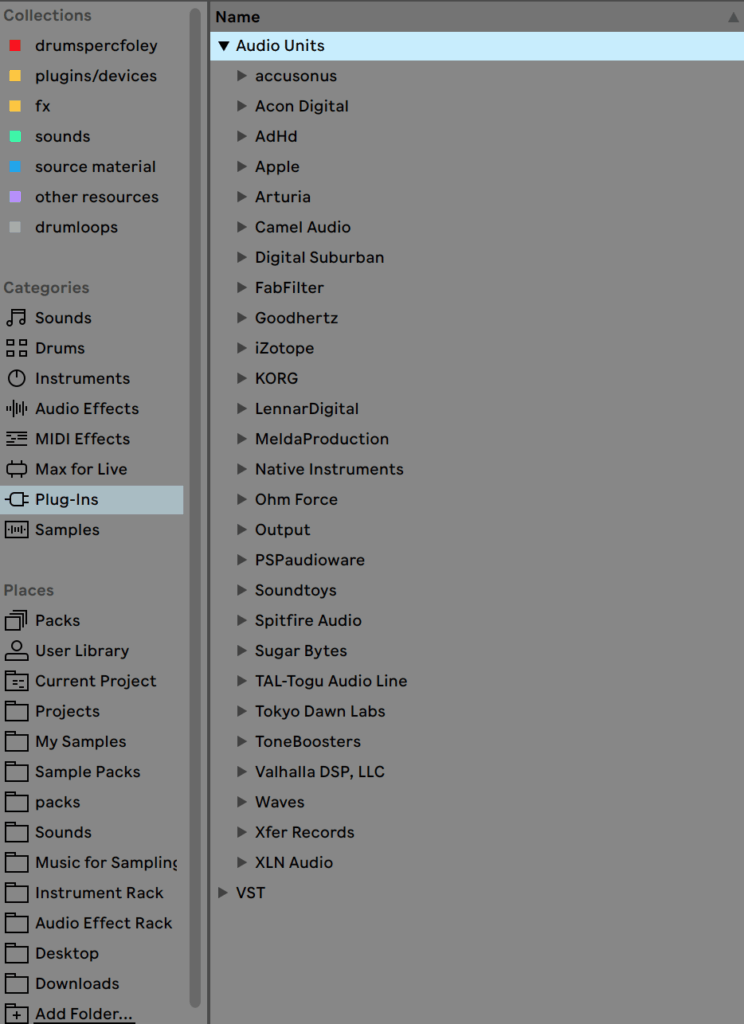
Up until Live 10, Ableton supported 32bit systems. Now they have canned it, which makes sense, but still might cause issues for some people. If that's you, make sure to grab a copy of Live 9 instead.
Although they seemed to have ramped up the updates in the last couple of years, any long-term Ableton user will tell you it isn't unheard of to not get a major update for a few years.
Whether this is a good thing or a bad thing is relative. Plus, most of the time their minor updates will do the trick when it comes to glitches or software errors.
Also, all of your Audio Units and VSTs will work with Live just fine. They actually divide them into really nice folders so it's pretty simple to find what you're looking for, especially for Audio Units.
You do need to go into the preferences and enable Audio Units though.
As of Live 10.1, VST3 is now supported too!
Ableton is pretty good on CPU and system resources, as it is designed for live performance because you don't want to be getting dropouts in that setting.
Like any DAW, it can be heavy on the CPU if you are using third-party plugins, but the native ones are very well-optimised.
The Winner?
In this section, it seems to be a tie.
Although FL Studio includes a 32bit version for Windows and supports both 32bit and 64bit VST on Windows, it's still not quite there with reliability on Mac, which means they miss out on a large portion of their potential audience.
It is getting better though, which means that long term, FL Studio may be the better option.
In terms of plugin compatibility, FL wins that little bit more, because they've support VST3 a lot longer than Ableton has, and they now support Audio Units and VST, which they previously didn't. FL is taking big strides.
Recommended: How To Use Ableton Live: The Producer's Guide
Get the headstart you need in music production with our EDM Starter Kit
Get our collection of high-quality presets, samples and PDF guides – suitable for all genres of electronic music.

Ableton vs FL Studio: Resources and Support
Learning a DAW is a massive effort, and it's not easy. In fact, music production, in general, isn't easy. But having resources helps.
Ironically, p
of my job is finding keywords that people like you are searching for, so we can create helpful articles around those topics.
Here's what happens when I type in FL Studio and Ableton into Google Trends.
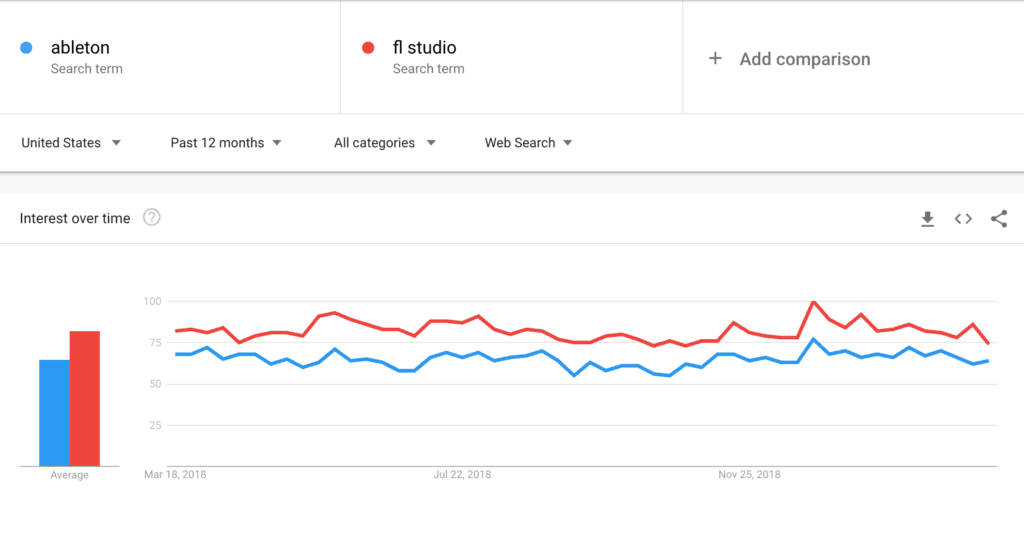
Quantity of Resources: FL Studio
If you want lots of videos, articles and support, FL Studio is your best option.
Simply due to the popularity of the DAW within the electronic music world, it's got the history and support of a lot of users. It's also been out longer than Ableton Live.
Most tutorials on YouTube for electronic music and hip-hop are done in FL Studio. So searching how to do something will usually give you a tutorial in FL Studio, like how to recreate a certain sound, or make a certain genre.
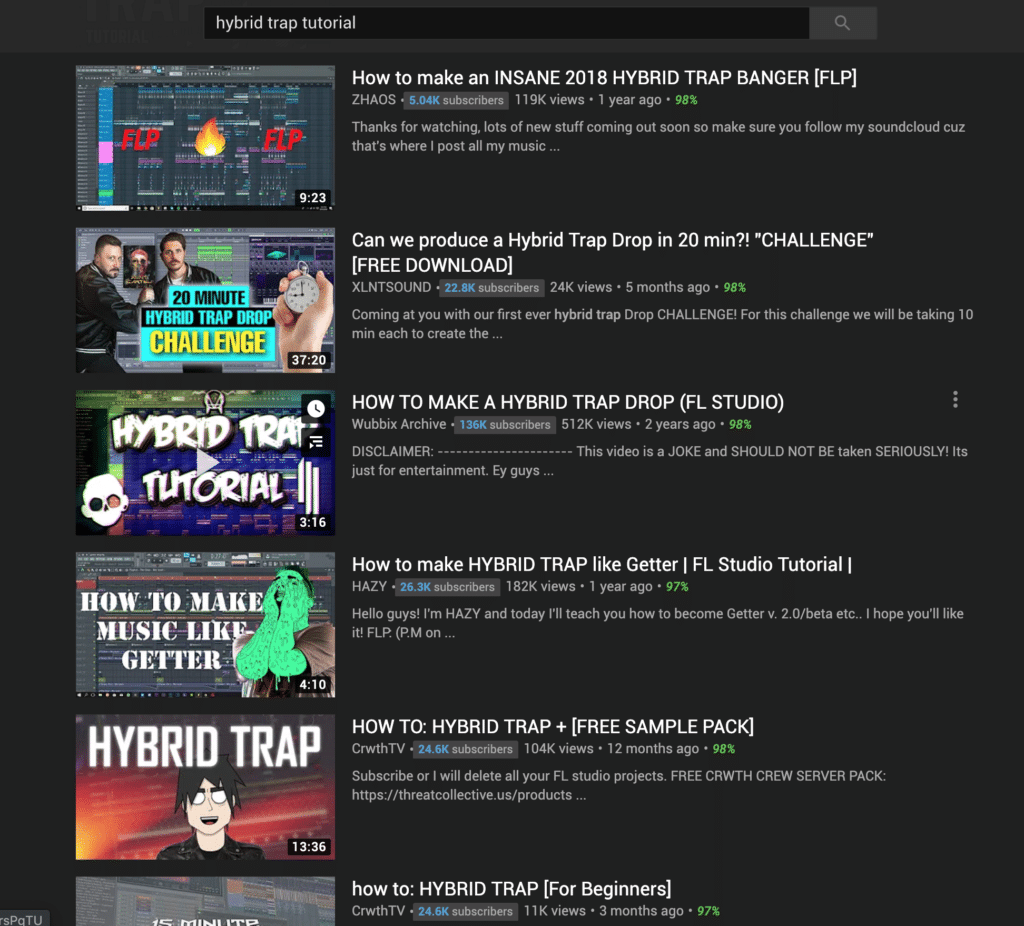
The customer support that Image-Line provides is nice, although there is no direct number, unfortunately.
Apart from learning, there aren't as many native resources for actual production (like presets and sounds) available in comparison to Ableton, mostly due to Ableton's superior rack format of grouping instruments and FX together.
But you can save effect chains and instruments as presets, so there is still definitely stuff out there.
Most audio formats are compatible with FL, and
can be loaded into the Fruity Soundfont Player, if you're still into those.
Quality of Resources: Ableton Live
Ableton might have fewer resources, but what it does have is high-quality resources, especially in the way of YouTube tutorials.
The Ableton team has a great YouTube channel with examples and guides to help you. Plus, 90% of our courses are done with Ableton Live.
They also have a great, comprehensive yet simple manual available for free. In fact, it's probably one of the best manuals available for any product or service I've seen – period.
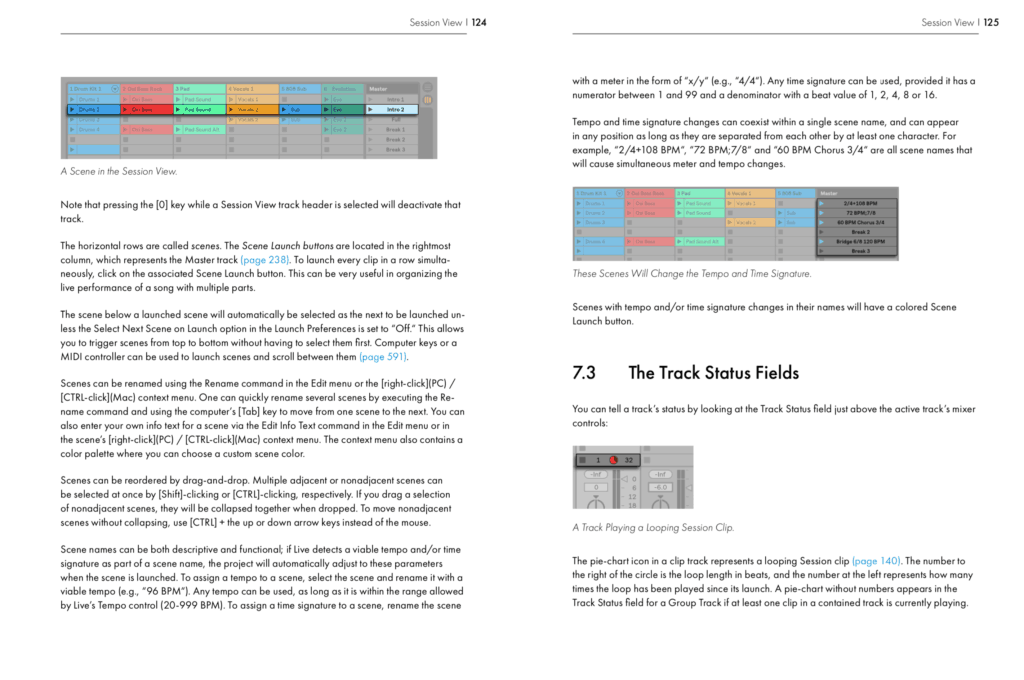
Ableton customer support is also pretty nice, although I haven't needed to use it much, to be honest. Once again, there is no direct phone line, unfortunately.
In addition to educational resources, Ableton has great racks, clips, and project files available for purchase or download across the web.
The instrument, audio effect, and MIDI racks make sound design a lot easier to learn and sounds a lot simpler to replicate.
Of course, samples aren't DAW-specific, but Ableton supports most file formats and even non-native formats like soundfonts and EXS24 for Logic Pro.
Recommended: Best MIDI Keyboards
The Winner
FL Studio wins this one for resources.
Mainly due to the popularity and age of the DAW. But it's close, and you can't really go wrong with either. In reality, both have enough resources for you to learn the DAW from a beginner level all the way to the advanced level.
Get the headstart you need in music production with our EDM Starter Kit
Get our collection of high-quality presets, samples and PDF guides – suitable for all genres of electronic music.

Ableton vs FL Studio: Price
You might be asking, why did you leave pricing to last?
Before looking at the price, know that the DAW you choose is a long-term investment.
You might be tempted to make the decision on price alone, but consider what suits your workflow style.
Originally I tried out FL Studio because it was cheaper.
Ableton: Expensive and Worth Every Penny
| Version | Price (USD) |
| Intro | $99 |
| Standard | $499 |
| Suite | $799 |
While the opening price of Ableton is comparable to Ableton, the 'main' version (Ableton Standard) is a lot more expensive.
Over double, in fact.
Now if you're on a budget, Ableton Standard might be out of the question for you, solely based on that.
But make sure to try the demo first, you might be inclined to start on Intro and work your way up from there.
The Suite version is cheaper for the full-featured version with all devices (in comparison to the FL Studio All Plugins Bundle), but one thing you don't get is free lifetime updates.
Of course, minor updates you will get, but for major version updates, you'll be forking out
FL Studio: Cheaper, Great Value and Feature-Packed
| Version | Price (USD) |
| Fruity Edition | $99 |
| Producer Edition | $199 |
| Signature Bundle | $299 |
| All Plugins Bundle | $899 |
It doesn't make sense, but FL Studio is insanely good value for money, especially for the Producer Edition. $199 for a pro-level piece of software is a bargain.
Although the All Plugins Bundle is just that bit more in comparison to Ableton Live Suite, in all other areas FL wins on price.
But that's not even the best part.
Free lifetime updates. Yep, that's right. Forever. Ableton can't even compare to that. Plus, FL seems to have slightly more consistent updates.
Remember though, price isn't everything.
The Winner
The obvious winner in this section is FL Studio by a country mile.
$199 USD for a full version (Producer Edition) is pretty much nothing compared to $499 USD for Ableton Standard.
That being said, if you are the kind of producer who wants to splash on the extra plugins/devices, then Suite is $100 less than the top-tier version of FL Studio.
The Verdict?
So who wins overall?
Trick question.
At the start, I said that there is no 'best DAW' and that still holds true. Both have pros and
That being said, if I had to choose one for each kind of producer, I would choose FL Studio for the producer who likes to customize everything, and I'd choose Ableton Live for the producer who likes a fast workflow.
The next thing you should do is download a demo of one, or both. That way you can test these things for yourself and make a final decision.
The last thing you want to do is commit without experience.
Remember, there are other DAWs you might want to consider too.
What Now?
Well, if you are inspired to grab a demo or go off testing these bad
But you'll also need more than just a DAW – you'll need samples, sounds and helpful guides.
That's why we put together our free EDM Starter Kit, jam packed with high-quality samples, presets and some of our best PDF resources here at EDMProd.
Get the headstart you need in music production with our EDM Starter Kit
Get our collection of high-quality presets, samples and PDF guides – suitable for all genres of electronic music.

Also, choosing a DAW is probably one of the most important decisions you will make in your production journey, so choose carefully.
Switching later down the track is possible, but it's more difficult and is avoidable.
If you need more info on other DAWs, check out our complete DAW guide. Or, this article from our friend Rob at Musician on a Mission. Or, if you're on a budget, check out some free DAWs.
Lastly, what did we miss about Ableton or FL Studio? Let us know in the comments or by dropping me a line at [email protected].
Source: https://www.edmprod.com/ableton-vs-fl-studio/
0 Response to "Is Ableton 9 Daw Easy to Use"
Post a Comment